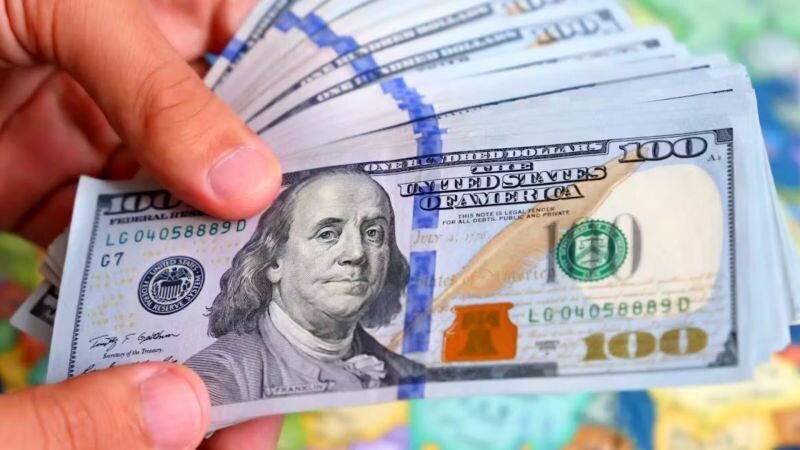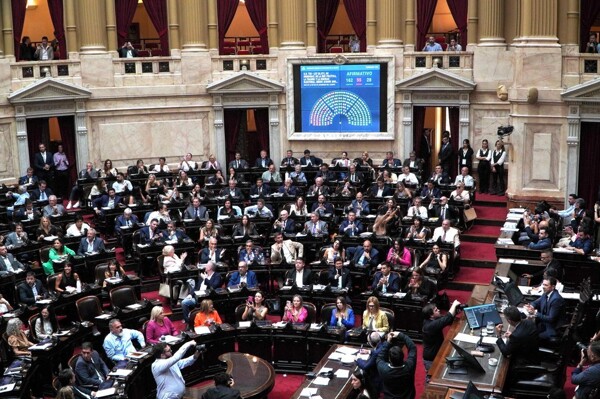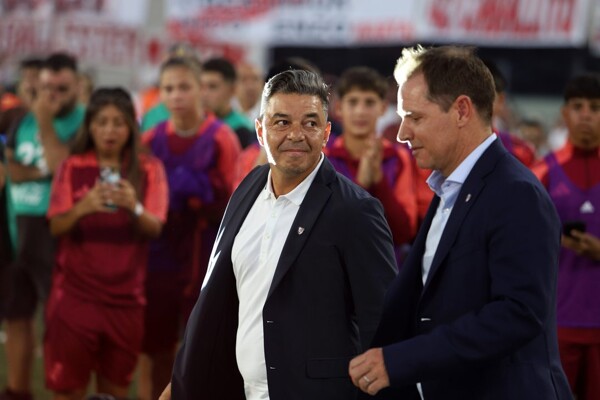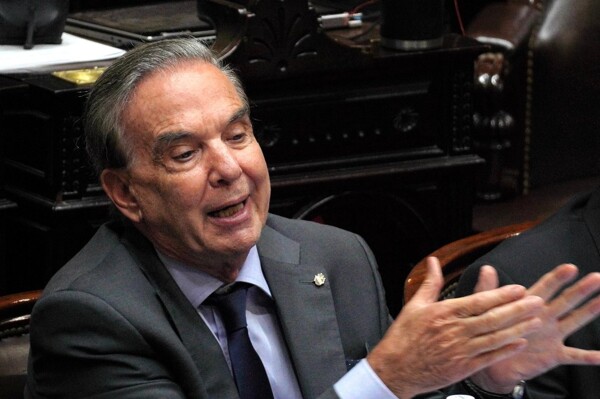
The government of Javier Milei is seeking to advance the removal of the currency control with the backing of the International Monetary Fund (IMF). According to projections from financial market experts, Bank of America (BOFA) estimates that if the conditions of an agreement with the IMF are met, the dollar could reach $1400 in December.
The Minister of Economy, Luis Caputo, has indicated that the removal of the control will not be immediate after the agreement with the IMF and that it requires meeting certain conditions. The government aims to obtain at least USD 11 billion to free the dollar control. Caputo emphasized that there will be no devaluation as a consequence of the agreement with the Fund.
Bank of America projects an accelerated depreciation of the currency and a fiscal adjustment if the conditions of the agreement are met, while LatinFocus Consensus Forecast estimates that the wholesale exchange rate would reach $1,348 in December, with the parallel at $1,332. JP Morgan believes that for sustainable growth in Argentina, it is necessary to lift capital controls and access the debt market before the end of the year.
To lift the currency control, it will require inflation to converge to the crawl level, the monetary base to adjust to the broad base, and the ability to recapitalize the Central Bank, according to the Minister of Economy. Morgan Stanley projects a gradual normalization of import payment and the easing of access to financial dollars.
The removal of the control in Argentina generates expectations and debate in an environment where restrictions on the purchase of foreign currency will remain until reserves reach an adequate level. It is estimated that the exit from the control could encourage business investment in Argentina.














